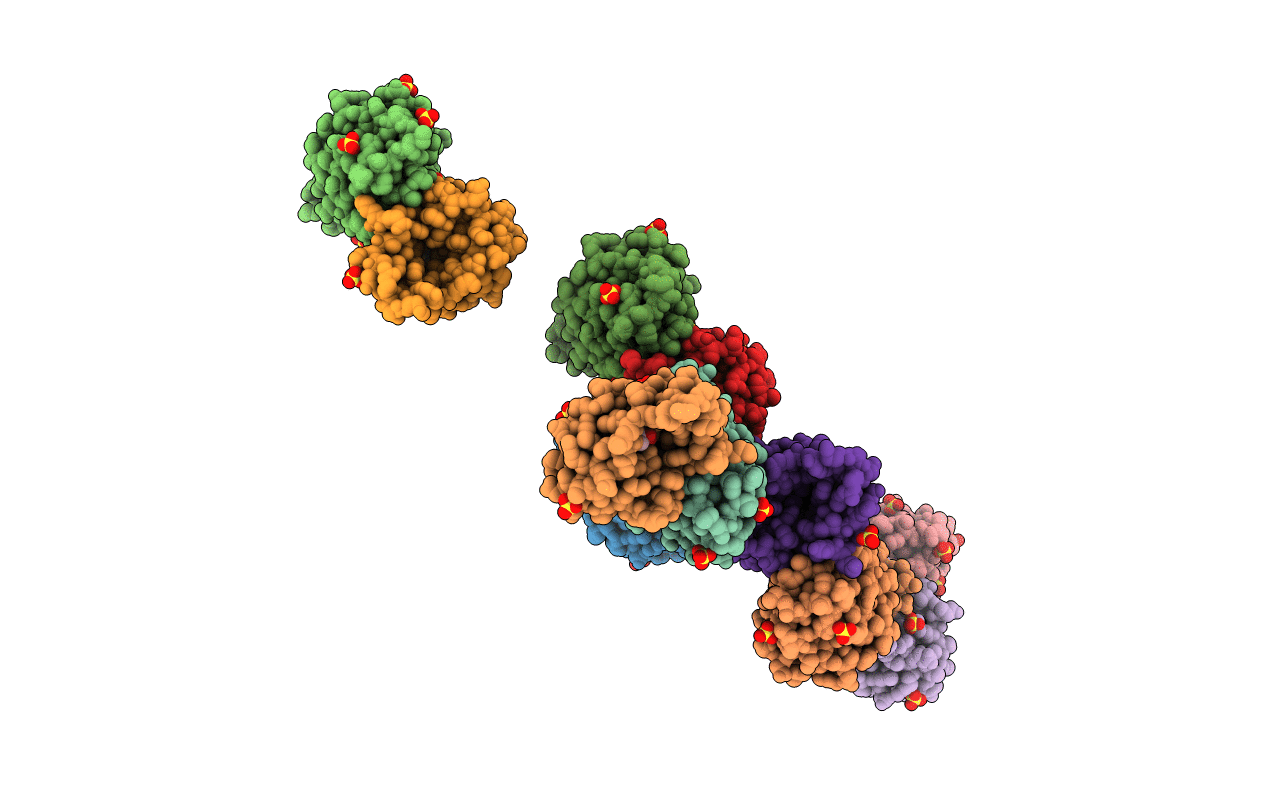
Deposition Date
2013-06-14
Release Date
2013-07-03
Last Version Date
2024-02-28
Entry Detail
PDB ID:
4L7K
Keywords:
Title:
Crystal Structure of Ketosteroid Isomerase D38E from Pseudomonas Testosteroni (tKSI)
Biological Source:
Source Organism:
Comamonas testosteroni (Taxon ID: 285)
Host Organism:
Method Details:
Experimental Method:
Resolution:
2.10 Å
R-Value Free:
0.35
R-Value Work:
0.30
R-Value Observed:
0.30
Space Group:
P 61 2 2


